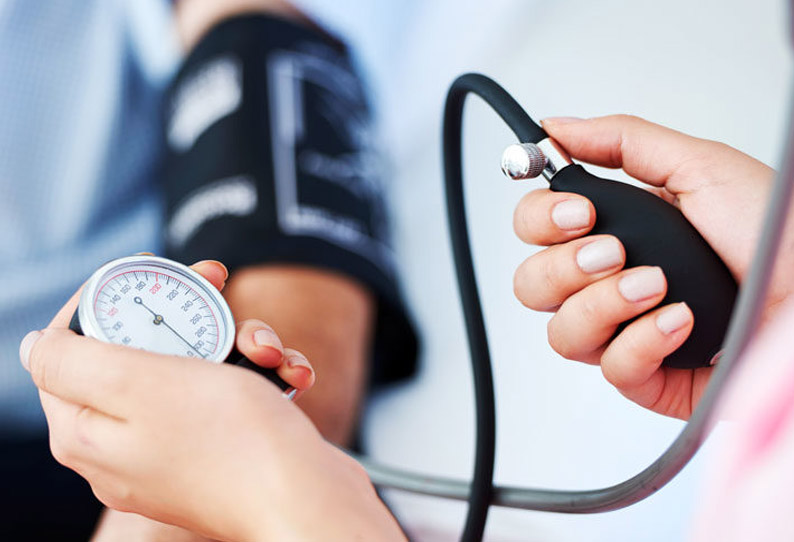In the present day, it is not unusual to encounter teenagers grappling with high blood pressure, a condition also known as hypertension. Shockingly, one in 25 youngsters aged 12 to 19 now meets the diagnostic criteria for hypertension, while one in 10 experiences elevated blood pressure, formerly referred to as prehypertension, which serves as an early indicator.
Teens do have access to medications that can effectively lower their blood pressure. Nevertheless, the primary emphasis of their treatment lies in adopting lifestyle modifications, primarily because obesity stands out as a key contributing factor. These changes encompass shedding excess weight, embracing a balanced diet, and incorporating regular exercise into their routines.
This article delves deeper into the origins of high blood pressure among teenagers and outlines the recommended approaches for managing this condition in this younger demographic.
Factors Leading to High Blood Pressure in Adolescents
Hypertension is a chronic medical condition associated with an elevated risk of severe health issues like stroke, coronary artery disease, heart failure, and other grave ailments. Historically, high blood pressure among young individuals was attributed to kidney disease or other conditions affecting blood pressure, which was termed secondary hypertension.
Modern health experts now acknowledge that the primary cause of high blood pressure in children and teenagers is primary hypertension, a condition closely tied to an unhealthy diet, obesity, and a lack of physical activity.
Additional factors can complicate hypertension in adolescents, including hormonal changes, rapid growth spurts, and smoking. This implies that even if a teenager does not exhibit overt signs of obesity, their blood pressure readings may mirror those of their obese peers.
According to statistics from the Centers for Disease Control and Prevention, approximately one in five teenagers in the United States (22.2%) are grappling with obesity. Many of them are at risk of carrying this condition into adulthood, where the prevalence of obesity now exceeds 40%.
Diagnosing Hypertension in Adolescents
The definition of high blood pressure for children under the age of 12 can vary depending on how their readings compare to those of their peers. Nevertheless, teenagers are assessed using the same criteria as adults.
The American Heart Association currently classifies high blood pressure in teenagers and adults as follows:
- Normal: Systolic blood pressure under 120 mmHg and diastolic blood pressure under 80 mmHg
- Elevated: Systolic between 120 and 129 mmHg and diastolic under 80 mmHg
- Stage 1 hypertension: Systolic between 130 and 139 mmHg, or diastolic between 80 and 89
- Stage 2 hypertension: Systolic of 140 mmHg or greater, or diastolic of 90 mmHg or higher
Managing Hypertension in Adolescents
Given that teenagers with a high body mass index (BMI) face an increased risk of heart disease later in life, the primary focus in treating hypertension among this age group centers on weight reduction and the adoption of healthier lifestyle choices.
While adults with hypertension typically receive antihypertensive medications when their risk of heart disease is high, children and teenagers grappling with hypertension are generally encouraged to take proactive steps to lower their blood pressure through lifestyle adjustments.
These lifestyle changes entail a combination of the following interventions:
- Adopting a healthy diet rich in fruits and vegetables while reducing sodium (salt) and saturated fat intake
- Maintaining a healthy weight in accordance with goals set with a healthcare provider
- Engaging in regular age-appropriate exercise
- Quitting smoking, if applicable
- Eliminating drug and alcohol use, if applicable
Antihypertensive drugs may be necessary for children and teenagers with stage 2 hypertension if lifestyle modifications do not effectively control their blood pressure.
It’s important to note that there are currently no definitive recommendations regarding which types of medications are more suitable for children and teenagers dealing with hypertension.
Efforts should be made to commence treatment with the lowest effective dosage and gradually increase it, if necessary, to attain an optimal blood pressure range. This should always be done under the guidance of a healthcare provider.
It’s crucial to understand that medications should complement, not replace, the importance of weight management, physical activity, and other healthy lifestyle choices.









